A colourful nation with a flourishing culture and economy, known as the Golden Eagle, was creating a footprint of its heritage and art on the global map. But then an outside empire swooped in, took over the country, and kept them enslaved for two hundred years. But all of this came to an end with the uprising of movements of common people to oust the invaders. Are you familiar with the story? Well, yes you are. This nation is our India and this story is our history.
However, what we don't understand is how systematically the British decimated India’s native industries to demonstrate their supremacy. That incorporates India’s handloom clothing sector too. Prior to colonial rule during the 17th century, India was producing 25% of the world's textiles, which fell to just 2% by the time of the end of British colonial rule in 1947.

But how exactly did the British realm affect Indian handlooms? To start this journey, let's get a quick review of Indian handloom textiles during the pre-colonial period.
Rich History And Pre-Colonial Period
India's textile history is among the world's oldest, going way back to ancient times. Mesolithic cave paintings portraying women wearing waist garments provide an example, but the first real evidence of textile manufacture and usage doesn't exist until the proto-historic period.
Apart from the prehistoric era, we have also mentioned textile in Vedic period. Different terms have been used to describe weavers and cloths in Indian ethos. As per ramayana, the attire of Sita was made of wool with work of precious stone and silk thread. Mediaeval periods introduced textile for home furnishing, rugs and tents. Major shift occurred with the arrival of mughal.
These wonderful items, from the personal, sensual pleasure of clothing to the vast, regal elegance of imperial tents, were made from rare materials and constructed using artistic skills, and thus they inspired early modern sensations.

The art of Indian craftsmanship is in heavy demand all around the world. The major fabrics that proliferated during the period were cotton and silk. Mughal India was known for its gorgeous coloured and printed textiles, which were later imported to Europe and quickly became a huge trend there. The English language adopted several Indian terminologies for textiles and garments, such as chintz and pyjamas.
The 'Golden Age of Textile Production' occurred in the 16th century when new and diverse dye sources were introduced, weaving techniques were refined, and new floral themes were included. The Mughal courts were great patrons of the arts and crafts movement in India and amassed enormous textile collections, including woven, painted, and embroidered works.
The intricate patterns of kalamkari, which attracted foreigners to India, were exported to Europe during the 16th century, or mughal era. Courtly trends continued to develop in their own manner after the fall of the Mughal Dynasty, and the next major shift in Indian fabrics did not come until the British imposed their control.
Foreign Arrival And 16th Century
Due to the heavy demand for Indian textiles and spices, Britishers attracted India to do trade. The East India Company's dominance in Indian textiles started with establishing their mills at the major trade centers of India—Calcutta, Madras, and Bombay.

The colonization of India was the primary goal of the British invasion. In their minds, India would serve as a source of cheap labour for the British economy at large. The era of the 16th century was considered the establishment of the British empire and the fall of the Mughal dynasty. To carry out their plan, instead of providing assistance to the Indian textile sector, England encouraged the development of raw cotton and indigo as support industries for British manufacturing. As a result, in 1681, English silk throwsters were sent to India to train the local weavers. Prior to that, Britishers bound Indian weavers into contract to sell exclusively to them. By fixing prices at a low level, they prevented handloom weavers from recovering their costs. This led to extreme poverty for Indian fabric manufacturers in India.
Indian Textiles in The 17th Century
The initial step towards dominating Indian textiles and its demand in Britain starts with the "Calico act’. The "Calico Act," enacted in 1721 by the British parliament, forbade the application of all types of calico in England to safeguard the interests of English producers from the rising prominence of Indian cotton in the English market. When new technological advancements made it possible for English clothing to compete with materials made in India and other Eastern nations, the Act was abolished in 1774.

To just recover the price of their hard work, Indian artists tried to sell their fabrics to the foreign traders of the Dutch and French. To prevent this, British traders started appointing their peons over the weavers. But what about those weavers who do not sell their materials to the English traders? We all know that the British established their empire with an iron hand. The same oppressed behaviour has been used for the handloom weavers.
The Revolution of British textiles
The textile sector in England was transformed during the late 17th century thanks to the innovation of the spinning jenny, the crompton mule spindle, the utilisation of copper plates rather than wooden boxes for printing, and printing machines with rollers. These factories not only mastered the art of calico printing in a wide variety of patterns influenced by Indian textile products, but also increased output dramatically. Conventional hand-spun yarn and fabrics faced tough competition as more cheap garments produced from machine-spun yarn swamped not just European but also Indian markets; this rivalry was exacerbated by the West's application of chemical colours.

During this revolution, the European industry started mimicking the cloth and prints of Indian textiles, which actually flooded markets. Cheap machines, fast fashion, quick mass production, and an easy-approach made competition tough for slow & meticulous Indian handloom weaving.
Official Beginning of Colonial Rule (18th century)
Enforcing violence and fixing prices were short-term strategies. To eliminate this, they also imposed a long-term tax policy. Draconian taxes were imposed on Indian clothing imported into Britain, whereas Britain relaxed the tax and duty on the export of British textiles to India.
These taxes balanced the trade and left a huge impact on the Indian handloom industry. Throughout the early 18th century, India was the largest consumer of British textiles, but by the 1810s, British textile exports to India outnumbered those of India. In the 1820s, Indian yarn cost two times as much as English yarn. This paved the way for the gradual reduction in demand for Indian handwoven fabrics, which ultimately reduced them to the position of a rather expensive luxury item.

To also promote English manufacturers, the British organised trade shows like "The Great Exhibition of 1851". During the shows, they also distributed "The Textile Fabrics of India" sample books so that English manufacturers could get inspiration to expand their business into new fields.
The Swadeshi Movement And The 19th Century
When the market for Indian textiles fell down in the 19th century, it put millions of talented weavers out of work. The hefty import charge imposed on Indian textiles by the British government had a negative impact on trade. While the textile industry as a whole suffered a major decline, the development of cotton mills in several Indian towns provided a lifeline for many formerly unemployed handloom weavers. Many cities emerged as the main centres of export, and Bombay became an ideal location for cotton mills.
To get relief from this and create awareness towards the handwoven fabrics, Gandhi ji started the khadi movement. He urged Indians to use handmade clothes that are spun by chakras. Yet, owing to tough competition from British textiles and an absence of support from the government, it was hard to compete.

During this national movement, Indian handspun fabrics faced their first evolution, and that too was influenced by European countries. Brocade that used to be produced in streets of Varanasi witnessed influence from the west. Traditional Indian plant designs have shifted to modern motifs and patterns.
World War And Early Decade of Independence
The conflict affected European manufacturing of goods and slowed international trade. As a result, fewer goods were sent from Manchester. The result was a gap in the Indian consumer market that was filled by domestic manufacturing. Indian factories had to provide supplies for the military as well. Their primary exports were jute bags, fabric for army uniforms, leather footwear, and saddlery.
Britain's cotton output and exports of cotton textiles both plunged. Companies based in the area strengthened their hold on the domestic market. Therefore, industrial production increased in India.

This movement, as well as the influence of international art on Indian handloom crafts, became a symbol of new identity. This new culture and result is considered an impact of European rule over our nation. Yet the world war and the new influence of culture couldn't recover the heritage of the handspun industry of India as before.
Post Independence
After independence, India started crawling again. Handspun and handwoven handicrafts gave way to power loom manufactured textiles as part of baby steps towards a new contemporary India's textile sector. It was a period when the textile industry took risks and explored new techniques for creating materials. New fibre technologies were also being tested. Many resources were allocated to programmes that aim to reinvigorate rural economies and craftspeople.

Summing Up
It is clear to understand how Britain destroyed India's handloom sector with their strategies of taxation, price fixing, and many more. Physical abuse of weavers and extreme poverty led to the death of India's handspun textile sector. In addition, it is simple to deduce why the 18th and 19th centuries saw a decline in demand for handlooms: customers weren't thinking about the garments' long-term viability or cultural significance.
However, initiatives and schemes of the Indian government helped the Indian textile industry to revive its rich heritage. If figures are to be believed, the Indian traditional crafts are regaining its glory again. Presently, India is the largest producer of cotton fabric and Indian silk scarves are famous all around the world. During 2016-17, India was exporting world’s 95 percent handloom fabric. As per the reports, Indian textile industry is predicted to grow at 10 percent by 2025-26.

No wonder, India is the treasurer of rich crafts and artmenship. Despite having numerous challenges and advanced technology, Indian handloom is having unique strength in the modern economy. Powerloom industry has the power to attract newcomers, but the handloom sector would survive due to its originality and skills of artistic weavers.
We also happen to be a magnet for suggestions, and would love to catch yours….throw us yours on hello@fabriclore.com


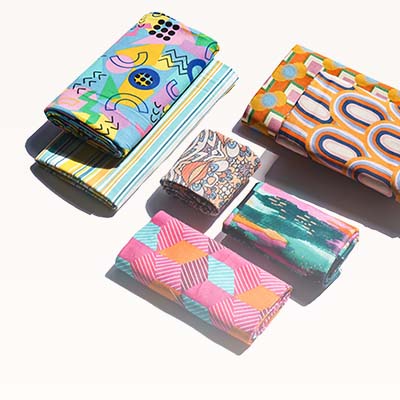
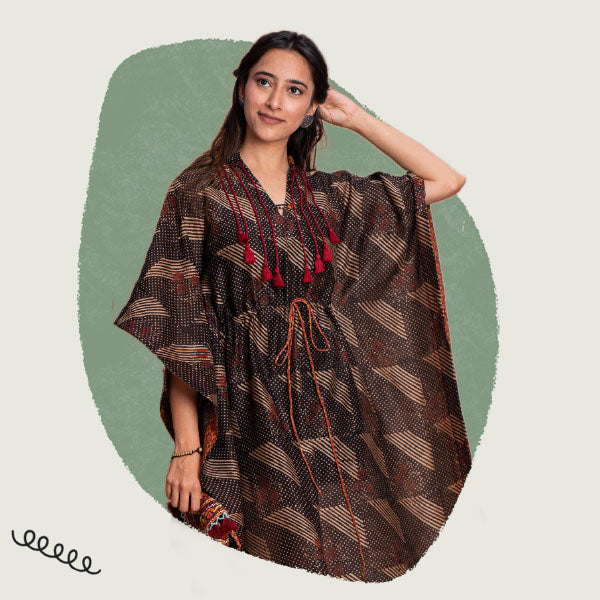

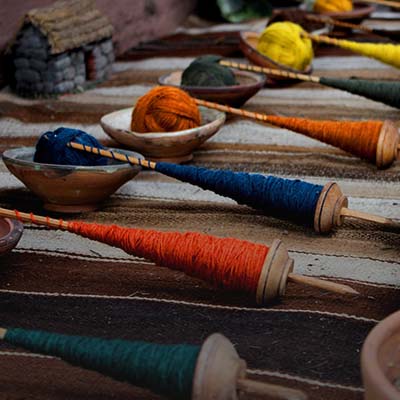

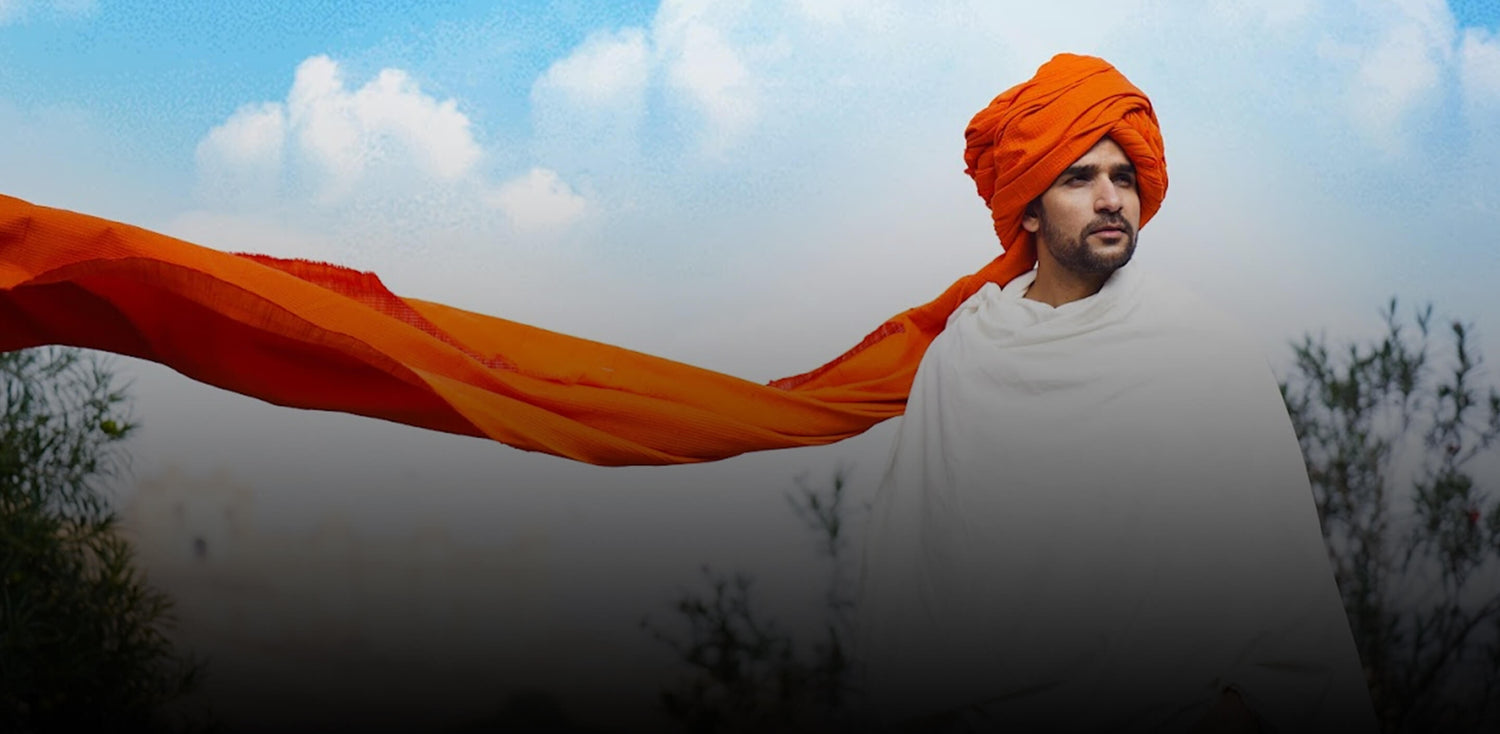
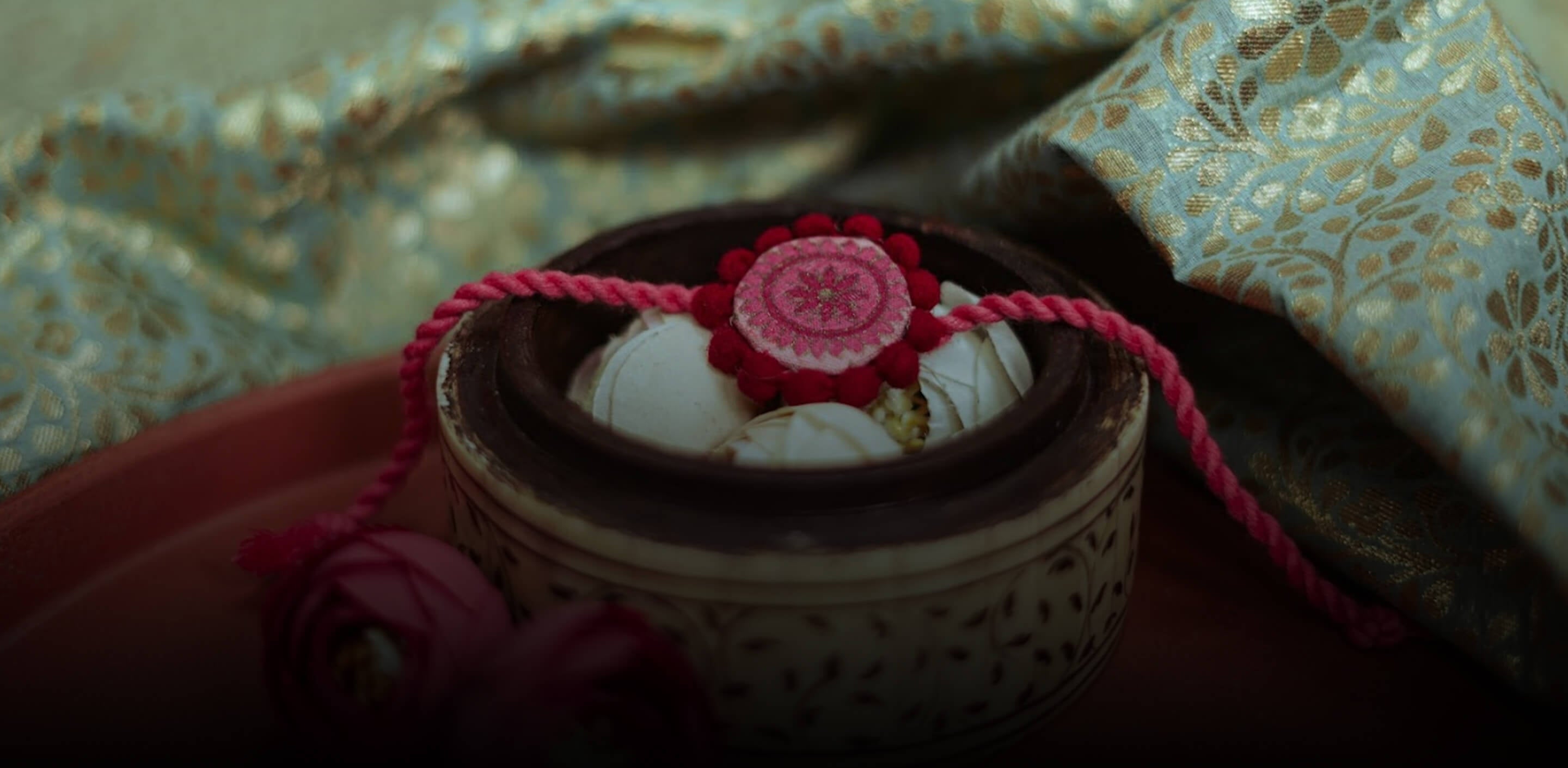

Leave a comment
All comments are moderated before being published.
This site is protected by reCAPTCHA and the Google Privacy Policy and Terms of Service apply.